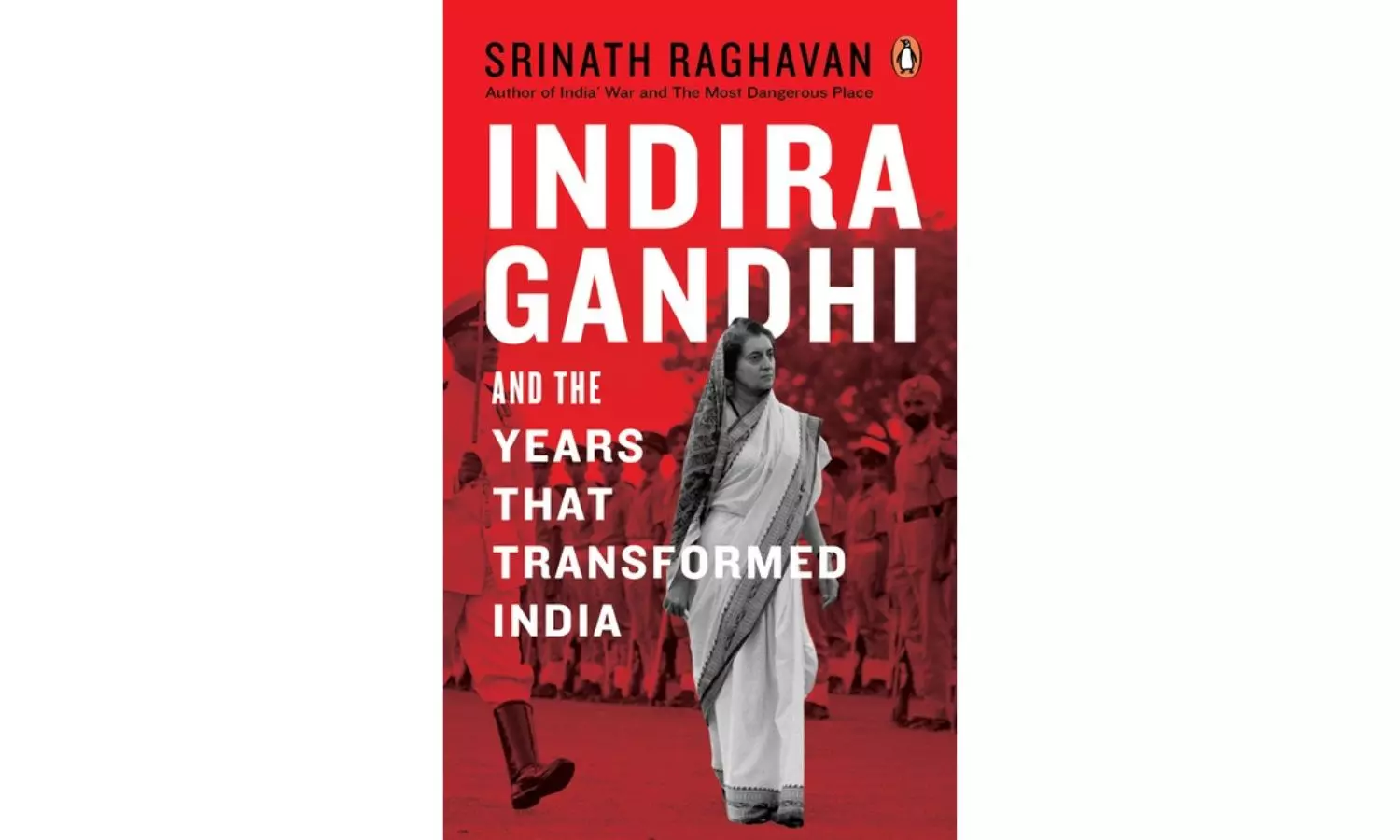Book Review | What Indira Was Thinking
Frank pins Indira badges on dhotis, turns C.R. Das into an Allahabad-wallah, delays the Bangladesh war by a decade to December 1981, confuses Delhi’s South Block with South Bank, and further insults Mrs Gandhi’s neglected husband by calling him the “maternal grandfather” of his son’s son

It’s a pity that a well-regarded scholar like Srinath Raghavan should have chosen to kick off his “political history of India in the Indira Gandhi years” with an anecdote from Katherine Frank’s Indira: The Life of Indira Nehru Gandhi. For, as I wrote in my review of Frank’s eminently readable biography in The Times Higher Education Supplement (7 December 2001), the book “bristles with inaccuracies… and deserves to be catalogued as historical fiction”.
Frank pins Indira badges on dhotis, turns C.R. Das into an Allahabad-wallah, delays the Bangladesh war by a decade to December 1981, confuses Delhi’s South Block with South Bank, and further insults Mrs Gandhi’s neglected husband by calling him the “maternal grandfather” of his son’s son. Outrageously, she makes Jawaharlal Nehru, Zhou Enlai and others fly from Rangoon to the Bandung conference in the Air India jet that the CIA or the KMT bombed to smithereens in Hongkong. Worse, she must have given Gandhi's loyal factotum, P. N. Dhar, the shivers by foisting on him three seditious quotations from my book, Smash and Grab: Annexation of Sikkim.
Nevertheless, Raghavan’s formidable research makes his book special. Not only has he rummaged through masses of unpublished papers, he also seeks to interpret the why and wherefore of almost every occurrence. Not that so much background detail necessarily improves one’s understanding of historical cause and effect. True, the impact of a ruler’s actions is of especial importance in feudal India, but the ruler’s private thoughts when taking the action cannot be of much concern outside a privileged circle of courtiers.
Having said that, two curious omissions in Raghavan’s account of a postcolonial nation’s transformation into today’s India must be noted. First, Pranab Mukherjee’s papers might have helped to flesh out the master-servant relationship which defines Indian politics. Second, there’s nary a word about the kingdom of Sikkim which Mrs Gandhi annexed through a series of manoeuvres that Vladimir Putin allegedly emulated to conquer Crimea. Sikkim was a marker on India’s road to reclaim the mythic heritage of Akhand Bharat, aka the British Raj.
Silence on Sikkim may suggest either that Raghavan doesn’t think it relevant to the new India’s supposedly reinvigorated regional vision, or that such a role didn’t enter her thinking. Why then was the quest for permanent constitutional authority abandoned? Some calculated that she feared that even her inflated majority would not enable her to push through the necessary constitutional amendment. Others believed that for all the “Caesarism” (shades of her father’s famous National Review article) on which Raghavan harps, Nehru’s daughter could not in the end bring herself to ride roughshod over the Supreme Court’s landmark 1973 judgment in the Kesavananda Bharati case which stipulated that while Parliament can amend the Constitution, it cannot tamper with its basic structure.
Would the inheritor of her office, believed to be determined to turn India into Bharat, similarly respect the check that the judiciary placed on the government’s executive and legislative powers?
Indira Gandhi and the Years That Transformed India
Srinath Raghavan
Penguin
pp. 367; Rs 899
